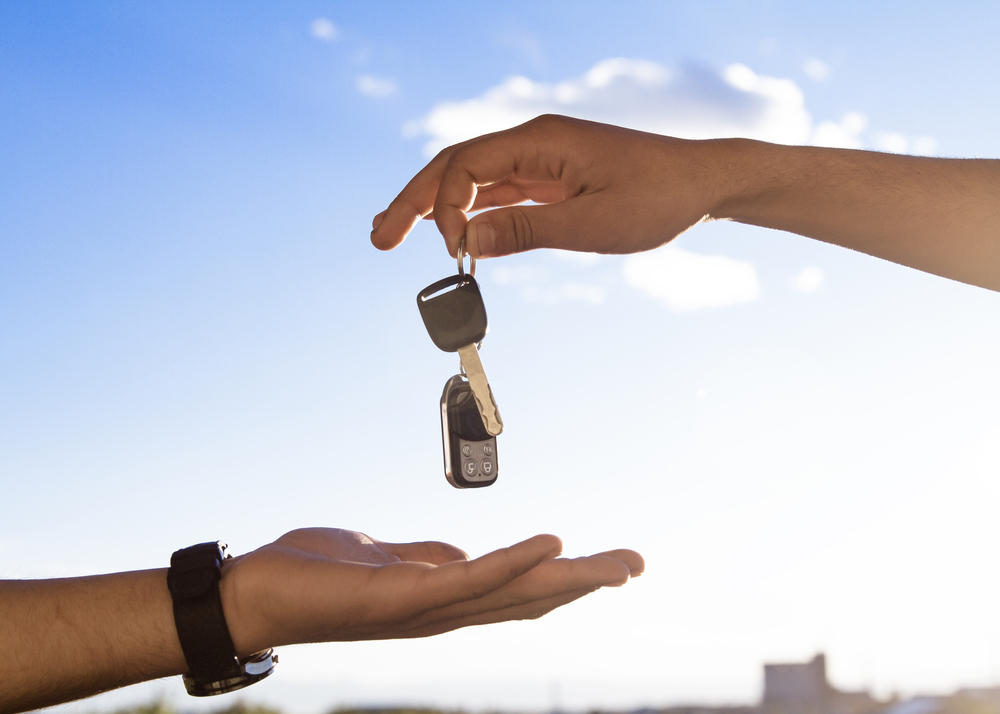While driver’s ed and state manuals teach us to drive on roads, tunnels, and parking lots, it does very little to prepare us for college campuses.
A campus is virtually a world of its own, where pedestrians, fellow drivers, and poorly designed roadways all lend extra risk to driving.
We reviewed tips and recommendations straight from professors and university officers (UO’s) on several major college campuses, including Stanford and Buffalo University.
Here are their tips for safe driving on a college campus:
1. Practice Defensive Driving
Traffic is heavier and more unpredictable on and around the campus. On top of that, you have more pedestrians, cyclists, and skateboarders to watch out for than in other parts of a city.
When you drive make sure to:
- Buckle Up
- Follow the area and campus driving regulations. Follow posted road signs.
- Use vehicle signals, even in dorm areas and parking lots.
- Do not allow your phone, tablet, friends, and other distractions to take your attention off the road.
- Be aware of pedestrians, cyclists, and skateboarders. Do not assume they see you or will practice proper safety near the road.
2. Review the Handbooks
Before you start driving around, review the driving laws for the state your campus is in. Rules and laws vary from state to state, especially if you are still under a Graduated Driver’s License (GDL).
For example, if you are going to Yale, you’re going to want to know the Connecticut driving laws, and so on.
Also, review any documents in the campus handbooks and any safety and university officer’s notices on the school page. These will cover driving risks and tips specific to your campus and common issues they see.
3. Plan Your Routes
Make sure you know where you are going, how to get there, and roughly how much time you will need. Make sure to account for when roadway and pedestrian traffic is highest.
Once you have your course schedule, grab a campus map and travel around the campus to get a feel for where each class is and how long it takes to get there.
Also, look for at least two parking areas near them. That way if one is full, you have at least one backup.
Make note of:
- Posted speed limits
- Parking locations
- Major landmarks to help you
- High pedestrian traffic areas
- When and where traffic gets heavy
- Recreational areas where people and their belongings might suddenly appear in the road from.
- Half hidden roads and driveways that cars and people might appear from suddenly
- Any posted signs about flood zones. Also, try to find an alternate route around them for bad weather.
- The numbers and locations of your campus police and security teams.
4. Be Extra Aware of Pedestrians
The campus will have a high percentage of pedestrians, and a high percentage of them will be rushing, distracted, or unaware of their surroundings.
Keep an eye out for high foot traffic areas and blind spots, especially when classes or a major event is about to start. People get reckless when they try to avoid being late.
5. Avoid Distractions While Driving
2800 people were killed and 400,000 were injured in an accident related to distracted driving in 2018.
Many of the ones killed were not the driver- they were pedestrians. Keep yourself and your fellow classmates safer by avoiding distractions while you drive.
According to a study on distracted driving in college students, 91% of the sample group reported using their phones to text or call while driving.
Put your phone on silent and toss it in your bag or back seat. The three seconds it takes to check your phone is enough to miss a turn, rear-end the driver in front of you, or strike a pedestrian.
If you have passengers, make sure to have a firm rule about not distracting the driver with physical contact, roughhousing, or passionate topics. If a heavy or exciting topic comes up, suppress the urge to make and keep eye contact.
6. Don’t Drive Under the Influence

Drinking, drugs, and even allergy medicine can affect your ability to react to sudden surprises on the road- and campus will be full of surprises.
Know how to time your medicine and recreational things. Know what side effects any prescriptions or over-the-counter medicines have.
Use a designated driver or hire a taxi if you need to be on the road when under the influence.
7. Practice Vehicle Safety Off-Road
Being a safe driver doesn’t stop at the roadways. To keep yourself safe from malfunctions and other people, follow these tips for drivers as well:
- Get your car inspected regularly. Make sure to address any odd sounds, smells, or check engine lights as soon as possible.
- Park in well-lit areas, especially during evening classes and events. Keep you and your vehicle visible in case of an emergency.
- To avoid carjackers, always keep the doors locked and check the back seat before you get in the vehicle.
- Never store your valuables in the car. Take them with you or leave them in your home or dorm.
- Consider investing in anti-theft accessories like steering wheel locks, GPS trackers, and locking gas caps.







